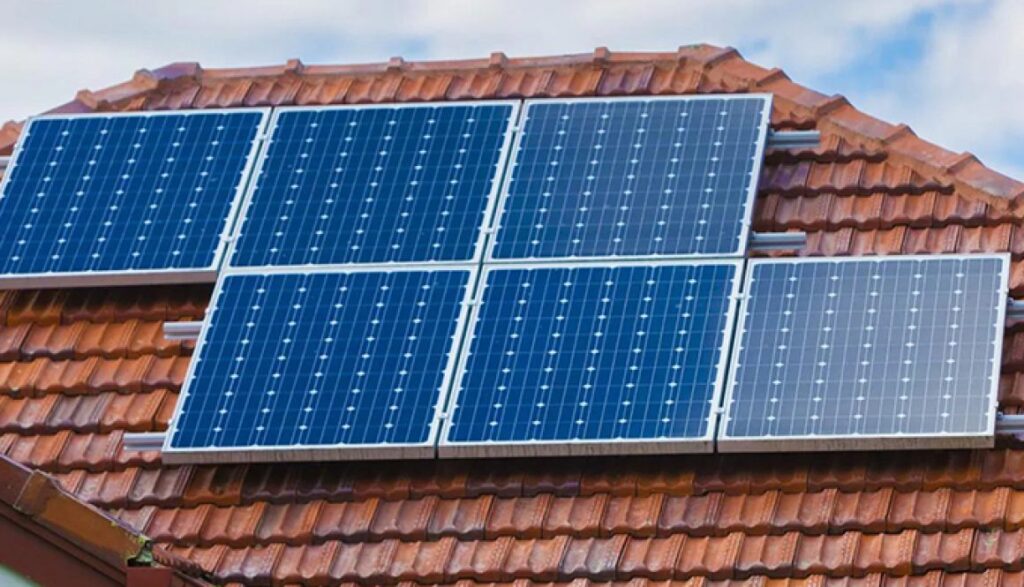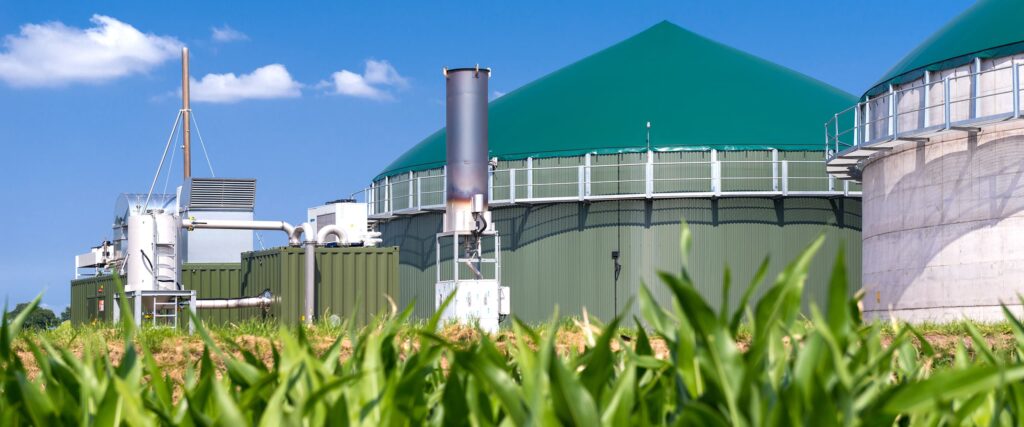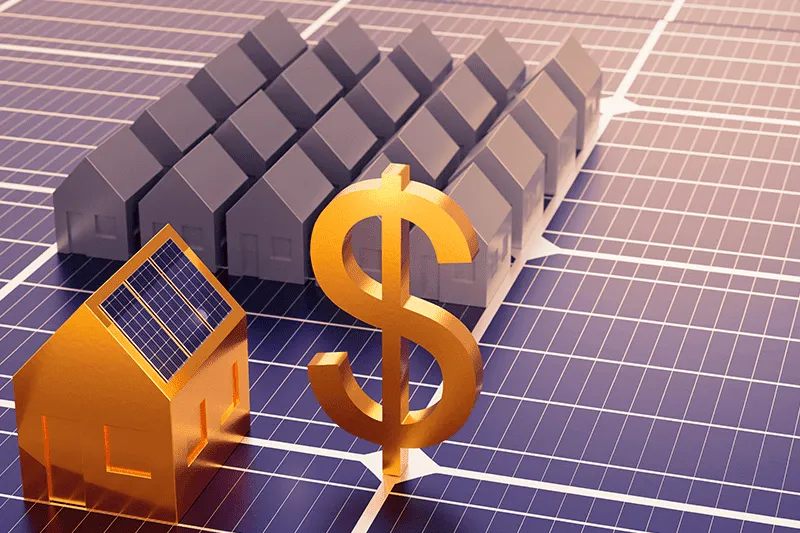The Role of Renewable Energy in Building Repairs: Environmental Regulations and Benefits in Canada
As Canada continues to prioritize sustainability and reduce its carbon footprint, renewable energy is becoming an increasingly important component of building repairs and renovations. Integrating renewable energy technologies—such as solar panels, wind turbines, and geothermal systems—into existing buildings not only supports the country’s environmental goals but also provides long-term benefits in terms of energy savings, increased property value, and reduced greenhouse gas emissions. In this article, we’ll explore the role of renewable energy in building repairs, the relevant environmental regulations in Canada, and the advantages of incorporating clean energy solutions into your renovation projects.
Why Renewable Energy Matters in Building Repairs
Buildings are one of the largest consumers of energy, accounting for a significant portion of greenhouse gas emissions in Canada. As the government pushes for more sustainable practices, renewable energy is emerging as a key solution to reduce energy consumption, lower carbon emissions, and meet the country’s climate action targets.
Incorporating renewable energy during building repairs offers several key benefits:
- Energy savings: Renewable energy systems can significantly reduce the reliance on traditional energy sources, leading to lower energy bills for property owners.
- Environmental impact: By generating clean energy, buildings that incorporate renewables contribute to lowering greenhouse gas emissions and reducing the demand for fossil fuels.
- Regulatory compliance: As building codes and environmental regulations evolve to include energy efficiency and carbon reduction targets, integrating renewable energy systems helps ensure compliance with these standards.
- Increased property value: Buildings equipped with renewable energy systems tend to have higher property values and are more attractive to environmentally conscious buyers or tenants.

Key Renewable Energy Technologies for Building Repairs
There are several renewable energy technologies that can be integrated into building repairs, each offering unique advantages depending on the building’s location, size, and energy needs. Here are some of the most commonly used renewable energy systems in Canadian building renovations:
1. Solar Energy
Solar energy is one of the most widely adopted renewable energy sources in Canada, especially for residential and commercial buildings. Solar panels convert sunlight into electricity, which can be used to power lighting, appliances, and heating systems. Installing solar panels during building repairs is a cost-effective way to reduce energy consumption and generate clean, renewable power.
There are two main types of solar energy systems:
- Photovoltaic (PV) panels: These panels generate electricity by converting sunlight into electrical power. PV systems are typically installed on rooftops but can also be incorporated into building facades or ground-mounted structures.
- Solar thermal systems: These systems capture heat from the sun to provide hot water for domestic use or space heating. Solar thermal collectors are especially useful in regions with high hot water demands, such as multi-unit residential buildings or commercial properties.

2. Wind Energy
For buildings located in areas with strong wind resources, wind turbines can be a viable option for generating electricity. Small-scale wind turbines can be integrated into building repairs or retrofits to produce renewable energy on-site. Although more common in rural or remote locations, wind energy systems are increasingly being used in urban settings as technology improves.
3. Geothermal Energy
Geothermal energy harnesses the earth’s natural heat to provide space heating and cooling for buildings. A geothermal heat pump system circulates fluid through underground pipes, transferring heat between the ground and the building. In the winter, the system extracts heat from the ground to warm the building, while in the summer, it removes heat from the building and transfers it back into the ground, providing efficient cooling.
Geothermal systems are highly efficient and can significantly reduce heating and cooling costs. They are particularly well-suited for buildings with large heating demands or those undergoing major renovations, where excavation work may already be planned.
4. Biomass Energy
Biomass energy systems use organic materials—such as wood pellets, agricultural waste, or other plant materials—to generate heat or electricity. In buildings undergoing repairs, biomass boilers or furnaces can be installed to replace conventional heating systems, providing a renewable alternative to oil or gas heating.

Environmental Regulations Governing Renewable Energy in Building Repairs
In Canada, several environmental regulations and building codes govern the integration of renewable energy into building repairs. These regulations ensure that renewable energy systems are installed safely and contribute to the country’s broader climate goals.
1. National Energy Code for Buildings (NECB)
The National Energy Code for Buildings (NECB) sets out minimum energy efficiency requirements for buildings across Canada. While the NECB primarily addresses new construction, it also applies to major renovations and retrofits. The code encourages the use of energy-efficient technologies and renewable energy systems to reduce a building’s overall energy consumption.
Buildings that incorporate renewable energy during repairs may be able to exceed the minimum energy performance standards outlined in the NECB, contributing to long-term energy savings and regulatory compliance.
2. Provincial and Territorial Building Codes
Each province and territory in Canada has its own building codes that may include provisions for renewable energy systems. These codes often go beyond the federal NECB, with additional requirements for energy efficiency, carbon reduction, and renewable energy adoption.
For example:
- British Columbia’s Energy Step Code: British Columbia has implemented the Energy Step Code, a performance-based code that encourages builders to meet higher energy efficiency standards, including the use of renewable energy. Buildings that integrate solar, geothermal, or wind energy systems can achieve higher energy performance ratings, helping the province meet its goal of net-zero energy buildings by 2032.
- Ontario’s Building Code: Ontario’s building code includes energy efficiency requirements that promote the use of renewable energy technologies, such as solar panels and geothermal heat pumps, in both new constructions and major renovations.
3. Municipal Regulations and Incentives
Many municipalities in Canada have introduced their own regulations or incentives to promote renewable energy adoption in building repairs. For example, some cities offer streamlined permitting processes or financial incentives for buildings that install solar panels, wind turbines, or other renewable energy systems.
In cities like Vancouver and Toronto, green building programs encourage developers and property owners to incorporate renewable energy systems into their renovation projects, offering rebates or tax breaks for those who meet energy performance targets.

4. Net Metering Programs
Canada’s net metering programs allow property owners with renewable energy systems—such as solar panels or wind turbines—to sell excess electricity back to the grid. This provides an additional financial incentive for building owners to install renewable energy systems, as they can earn credits or payments for the surplus energy they generate.
Each province manages its own net metering program, with varying rules and rates. Property owners should check their local regulations to see how they can benefit from generating renewable energy during building repairs.
Financial Incentives and Rebates for Renewable Energy Systems
In addition to regulatory support, Canada offers a range of financial incentives and rebates to encourage property owners to integrate renewable energy systems into building repairs. These programs can significantly offset the initial costs of renewable energy installations, making it more accessible for homeowners and businesses to adopt clean energy solutions.

1. Canada Greener Homes Grant
The Canada Greener Homes Grant provides homeowners with grants of up to $5,000 for energy-efficient home upgrades, including the installation of renewable energy systems. Homeowners can receive financial support for solar panel installations, geothermal heat pump systems, and other energy-saving improvements as part of their renovation projects.
2. Provincial and Municipal Rebates
Many provinces and municipalities offer rebates or tax incentives for property owners who install renewable energy systems during building repairs. For example:
- BC Hydro and FortisBC offer rebates for the installation of geothermal systems, solar panels, and other renewable technologies in British Columbia.
- In Ontario, various municipal programs provide incentives for renewable energy adoption, such as solar rebates or property tax breaks for green building projects.
3. Federal Tax Incentives
The Canadian government offers tax incentives for businesses and commercial properties that invest in renewable energy systems. These incentives allow property owners to claim accelerated depreciation on renewable energy equipment, reducing the overall tax burden and encouraging investment in sustainable building practices.
Best Practices for Integrating Renewable Energy into Building Repairs
When integrating renewable energy systems into building repairs, it’s essential to follow best practices to ensure that the systems are installed correctly, perform efficiently, and comply with relevant regulations. Here are some key steps to consider:
1. Conduct an Energy Audit
Before installing renewable energy systems, it’s important to conduct an energy audit to assess the building’s current energy performance. An energy audit identifies areas of inefficiency, such as poor insulation or outdated HVAC systems, and helps determine the appropriate size and type of renewable energy system for the building.

2. Optimize Building Envelope Efficiency
To maximize the benefits of renewable energy systems, it’s essential to ensure that the building envelope is well-insulated and airtight. Improving insulation, sealing air leaks, and upgrading windows can reduce energy demand, allowing the renewable energy system to cover a larger portion of the building’s energy needs.
3. Choose the Right Renewable Energy System
Selecting the right renewable energy system depends on several factors, including the building’s location, energy demand, and available space. Solar panels are ideal for buildings with ample rooftop space and good sun exposure, while geothermal systems are best suited for buildings with large heating and cooling needs. Consulting with a renewable energy expert can help determine the best system for your building repair project.
4. Ensure Compliance with Local Regulations
It’s important to familiarize yourself with local building codes and regulations related to renewable energy systems. This includes obtaining the necessary permits and ensuring that the installation meets all safety and performance standards. Working with certified renewable energy installers can help streamline the process and ensure compliance.
Conclusion
Renewable energy plays a critical role in building repairs and renovations in Canada, helping property owners reduce energy consumption, lower carbon emissions, and comply with evolving environmental regulations. By integrating solar, wind, geothermal, or biomass systems into their buildings, homeowners and businesses can take advantage of financial incentives, improve property value, and contribute to the country’s climate action goals.
With the growing availability of government rebates, tax incentives, and net metering programs, there has never been a better time to invest in renewable energy solutions for building repairs. By adopting these technologies, property owners can create more sustainable, energy-efficient buildings that benefit both the environment and their bottom line.
